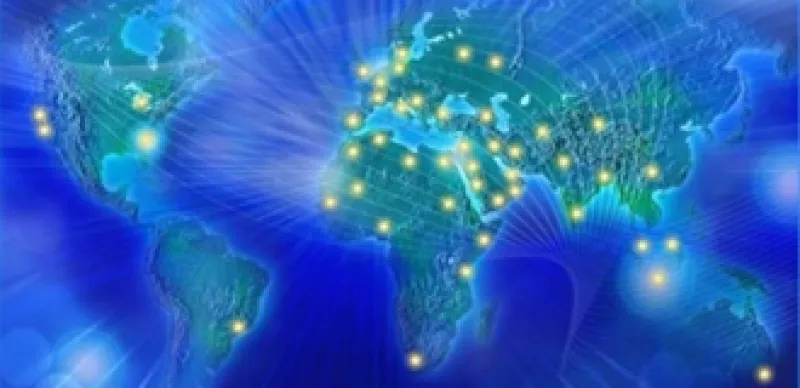"We knew right up to the second before Lehman Brothers ceased being, every equity transaction, every order — who bought, who sold, down to the trader involved," recalls Ian Donowitz, a managing director of Investment Technology Group. On the other hand, neither the technologically sophisticated and market-savvy ITG nor anyone else — including regulators (and maybe Lehman itself) — was fully aware of the firm’s exposure to over-the-counter derivatives, or of other firms’ OTC derivatives exposure to Lehman.
To prevent that kind of blind risk, the Obama administration and some members of Congress are championing a central derivatives clearinghouse to make trading more orderly and transparent. That might help, and Wall Street is already moving in that direction. The catch is that even if a clearinghouse becomes a reality — and it has determined opponents — many of the most complicated and risky derivatives would still trade over the counter, perpetuating the problem of impossible-to-track risk posed by Lehman.
What’s the answer? Some see a Big Brotherish solution. Daniel Altman, a young Harvard University–trained economist, argues in the October 21, 2009, New Republic that what’s needed are “new ways of collecting data about the global financial firmament, using all-seeing, all-knowing monitoring [mechanisms]” for “impossibly complicated” financial systems with “thousands of financial ties.” He, and others, envision a supercomputer-driven “network map” that would disclose every transaction — stocks, bonds and derivatives — that connects one financial entity to another, all reported daily.
As far-fetched as such a master map of the world’s securities activity sounds, it has some quite serious proponents. Andrew Lo, director of the Laboratory for Financial Engineering at the Massachusetts Institute of Technology, contends that a global financial network map is technologically feasible and that the Securities and Exchange Commission and the Federal Reserve Board have the expertise, methods and analytics today to “collect the data items they need.”
With such an all-encompassing map, the troubles of a Lehman Brothers would cause wide ripples and thus, in theory, be obvious. “The point is that when a crisis is looming,” says Lo, “it will stick out like a sore thumb.”
Still, as intriguing as a network map may be, it appears to be an even more remote possibility at this stage than a derivatives clearinghouse. “There is a great deal more that has to be network-mapped before the Andrew Lo vision can be a reality,” asserts Saro Jahani, chief information officer of the National Stock Exchange, the first fully automated U.S. equity market. Adds ITG’s Donowitz, “Even with our enormous network, we don’t have the ability to capture all the data.”
Going global with a network map would present problems of both diplomacy and technology. Yet as Diane Garnick, an investment strategist for Invesco, points out, “Any such network that zeroes in only on Wall Street or U.S. capital markets would be at a distinct disadvantage.” Concedes attorney Robert Colby, former deputy director of the SEC’s division of trading and markets, “It’s very difficult internationally.”
Financial firms would no doubt find a network map something of an Orwellian intrusion, but they might also make a serious case that such a map would be vulnerable to front-running and leaked information.
However, many observers, like MIT’s Lo, see the chief sticking point as politicians’ and regulators’ reluctance to commit resources to a network map. Hence he applauds the SEC for naming University of Texas professor Henry Hu last fall as the first director of a newly created division of risk, strategy and financial innovation. “This shows me that the SEC is taking [risk monitoring] seriously,” says Lo. “This is very much in the right direction. I’m cautiously optimistic.”






